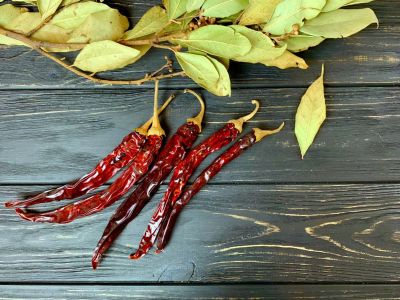How To Grow A Mexican Bay
Mexican bay leaf growing is easy in well-drained soil and full or filtered sunlight. It is also suitable for growing in large containers and growth tends to be slower than in the ground. Be sure the container has a drainage hole in the bottom. Grow Mexican bay leaf trees in USDA plant hardiness zones 8 through 11. The trees tolerate short periods of frost, but not extended cold. Trees are frequently found growing near streams and rivers. Water regularly but avoid soggy or waterlogged soil. Reduce watering when the weather is cooler, during fall and winter. If you’re growing in a container, apply a liquid fertilizer every two weeks during spring and summer. Prune yearly before new growth appears in spring. Remove dead or damaged branches, which prevent airflow throughout the trees. Although resistant to pests, it’s a good idea to be on the lookout for aphids and mites, especially if growth is weak. Spray the pests in insecticidal soap.
Uses for Mexican Bay Leaf Trees
Although they are difficult to find in the United States, fresh or dry leaves are widely used as a culinary spice in Mexico. They can serve as a substitute for the more familiar bay laurel (Laurus nobilis), although the flavor of Mexican bay is less intense. The fruit reportedly has a mild, avocado-like flavor. The leafy branches of Mexican bay leaf trees have decorative value. In Mexico, they are often used to adorn streets and arches during fiestas.
